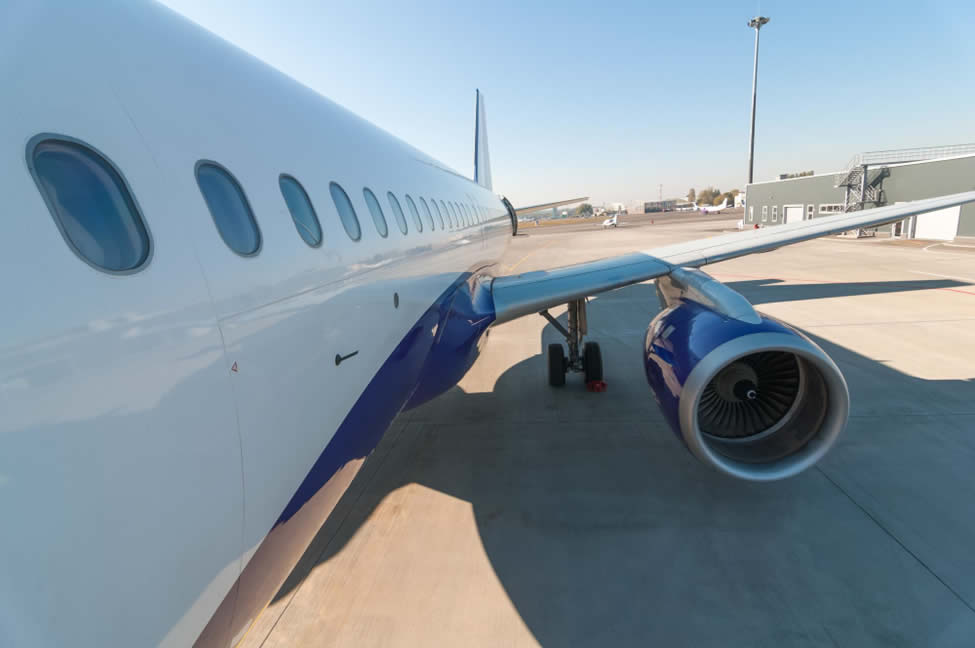Identifying Different Commercial Planes

As aviation technology continues to advance, there are many types of planes flying through the skies. Can you identify different planes based on their appearance and features? Whether you are an aviation expert or an airliner-spotting hobbyist, it can be tricky to distinguish between the different kinds of commercial planes.
But, with a bit of practice, you can learn to tell the difference and identify the type of plane that is flying overhead.
Tips for Identifying an Airplane
Whether you are looking to the skies or viewing planes on the ground at a nearby airport, there are distinguishing details that can help you determine the type of aircraft you are seeing:
● Wide-body or narrow-body (size of the plane)
● Design of the cockpit windows
● Shape of the plane’s nose
● How the plane is powered (jets or turboprops)
● Number of engines
● Location of engine placement
● The arrangement of the landing gear
● Number of wheels in the landing system
● Locations and number of doors (entry and emergency exits)
● Design and shape of the tailfin and winglets
● Size of the wingbox
● Location and number of passenger windows
Choosing the Ideal Location for Airplane Spotting
If you enjoy spotting and identifying airplanes, then it’s important that you understand security regulations and restricted areas. Then, you can choose the ideal locations to spot the aircraft without worrying about whether you are violating any rules or laws.
Near airports can be a great place to spot, but there are other locations that can also make sense. Consider visiting aviation airparks, air museums, and airshows if you want the opportunity to see the planes close-up. Plus, these spotting locations are excellent for photo-ops.
Equipment to Help with Airplane Spotting
Make sure to bring the right equipment to help. For example, a good pair of binoculars can be essential to help you see the details on the plane. Don’t forget to bring extra batteries in case they are needed!
If you are anticipating a long spotting trip, then snacks and water will keep you fueled throughout the day. It’s also helpful to keep maps on hand so you can navigate to the correct locations.
With a little bit of practice and the use of spotting guides, you can identify nearly any plane in the area.
Written by Becki Andrus in partnership with Marv Golden Pilot Supplies.